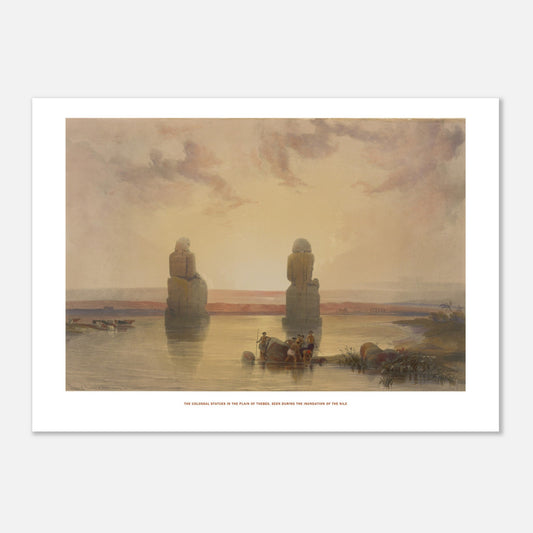Colossal statues on the plain of Thebes - ideal for refined and historical decoration - David Roberts, Egypt and Nubia 1838
Colossal statues on the plain of Thebes - ideal for refined and historical decoration - David Roberts, Egypt and Nubia 1838
Couldn't load pickup availability
Color lithograph: Colossal statues in the plain of Thebes, seen during the flooding of the Nile
The engraving depicts the colossal statues standing on the plain of Thebes during the Nile flood, highlighting the impressive solitude of these ancient monuments. Erected over thirty-three centuries ago, these statues remain silent vestiges of Thebes's former grandeur, especially when the waters of the Nile isolate them, accentuating their mysterious and majestic appearance.
The annual flooding of the Nile, a regular phenomenon that fertilizes the land and testifies to the constancy of nature, contrasts with the slow degradation of human works. These statues recall the past grandeur of Thebes, emphasizing the permanence of the sun and the natural landscape in the face of the ephemerality of human creations.
The colossal statues represent Amunoph III, the pharaoh of the Hebrew Exodus. One of the statues, on the left, is particularly notable for being the "vocal Memnon," renowned for emitting sounds at dawn, according to ancient beliefs. This phenomenon, recorded by ancient travelers, may be an effect of the sound stones placed in the statue, a detail verified by Wilkinson.
The statue of Memnon was damaged by an earthquake or by Cambyses, but was partially restored under Emperor Hadrian. Inscriptions on the statue testify to this restoration and the impressions left by visitors, some of whom compared the sound produced to that of bronze.
This poignant sight illustrates not only the lost magnificence of Thebes but also the ability of these statues to inspire awe and admiration through the ages, a lasting testament to ancient Egyptian art and culture.
Reproduction of an engraving of a drawing by David Roberts (1796-1864) made during his three-month journey from Alexandria to the temple of Abu Simbel in Nubia, a journey of more than fifteen hundred kilometers.
His drawings were already the subject of considerable success during his lifetime, in particular those published between 1846 and 1849 in the form of three volumes, published in London by FG Moon and entitled Egypt and Nubia, made from the drawings and sketches made during this trip to the banks of the Nile during the winter of 1838-1839, and lithographed by Louis Haghe.
About this print
About this print
The layout and composition of this reproduction have been the subject of our greatest attention.
- Respect for the format of the original work: in order to faithfully transcribe the artist's intention, the work is not cropped/re-cut except in extreme cases (obvious imperfection, geometry problem, etc.) in which case the cropping will be as light as possible.
- The presence of white margins is sometimes necessary in order to present the work in a balanced manner.
- Each size offered has been specifically composed, therefore, the size of the white margins may vary from one print size to another. Remember to check this detail carefully!
- Print only, frame not included!
Features
Features
- Premium 200gsm matte white paper, durable and strong.
- Natural, smooth uncoated finish, silky to the touch
- FSC certified paper or equivalent certifications depending on regional availability.
- Each print is shipped in sturdy packaging, ensuring safe transport.
- Each print is printed and shipped on demand. No minimum order quantity is required.
Share !
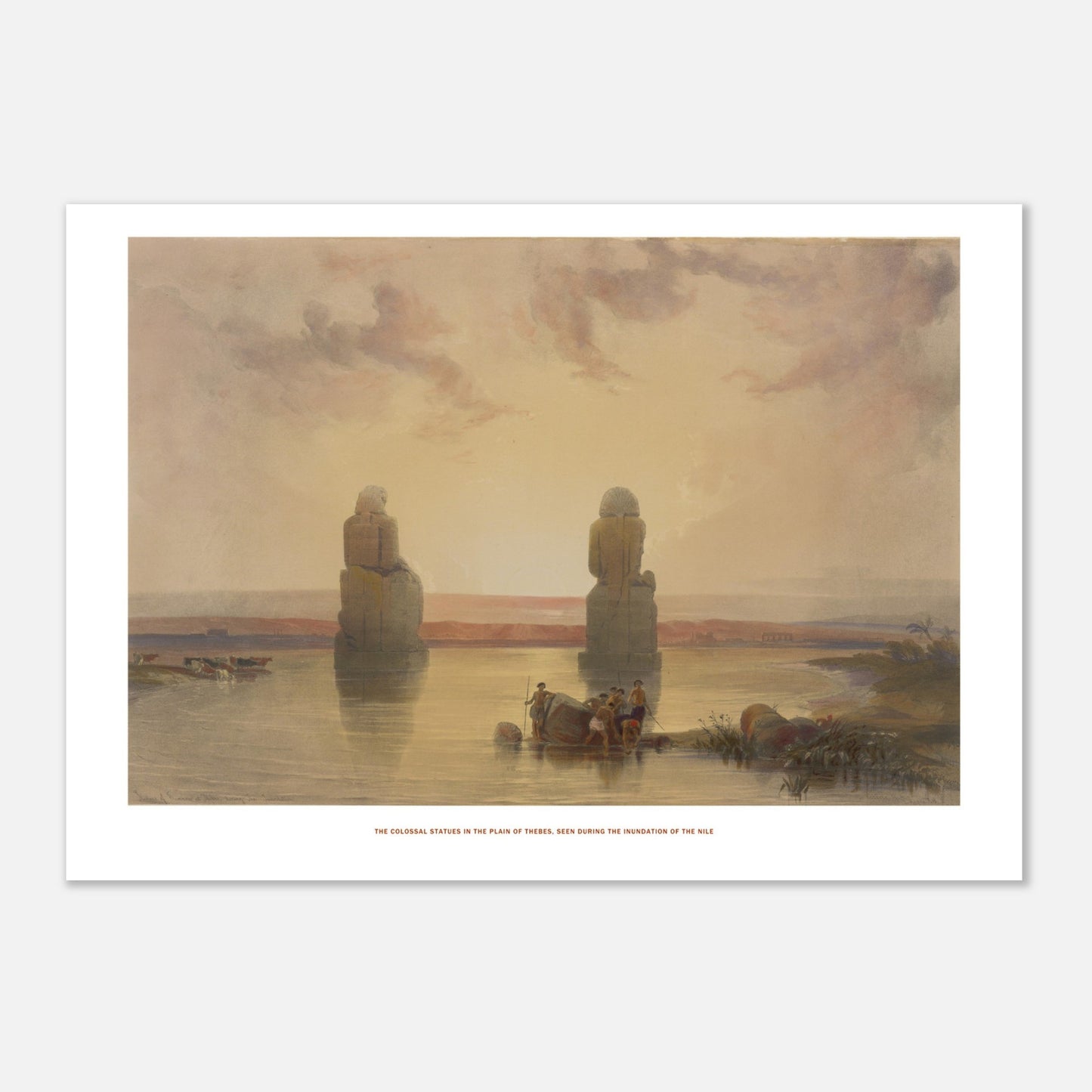
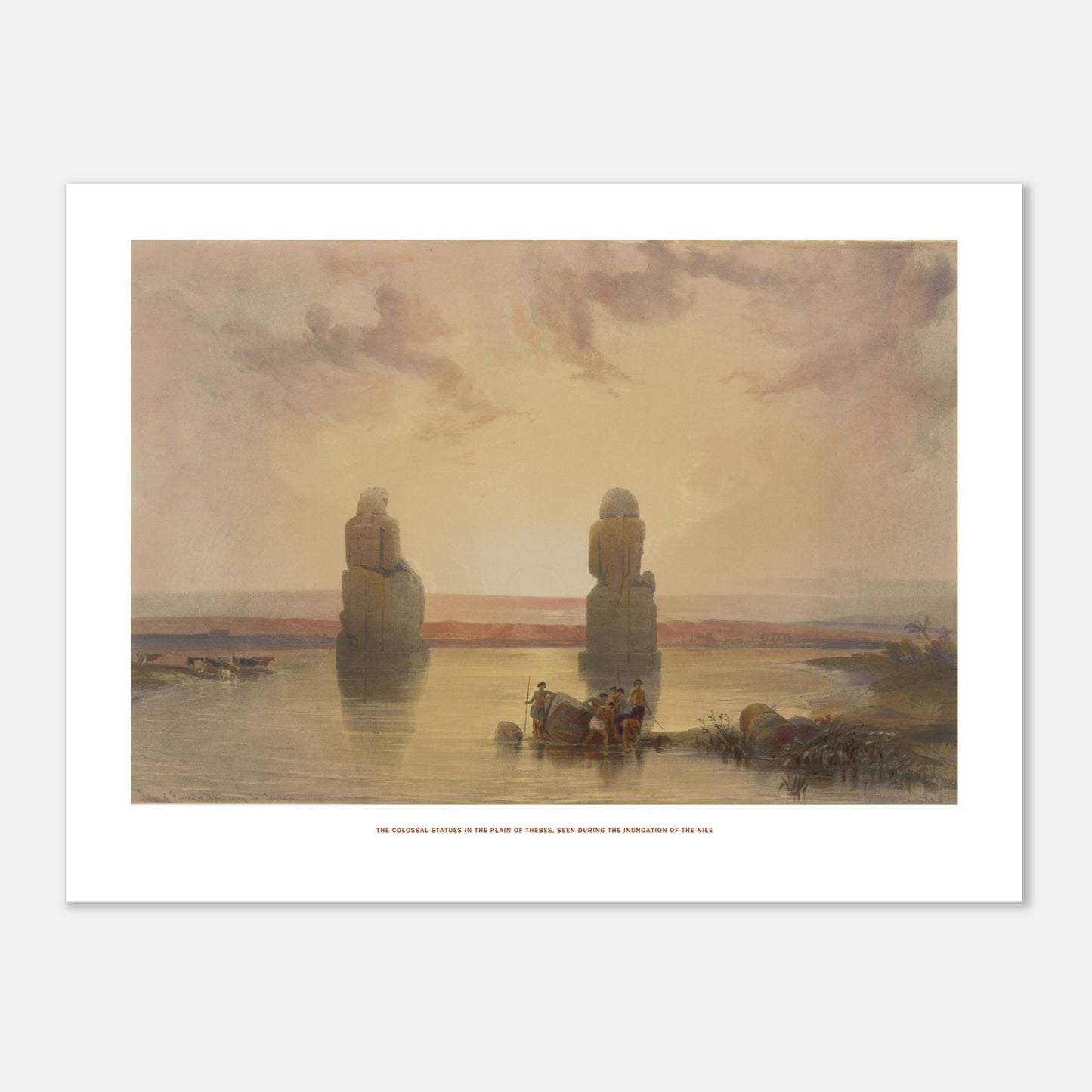
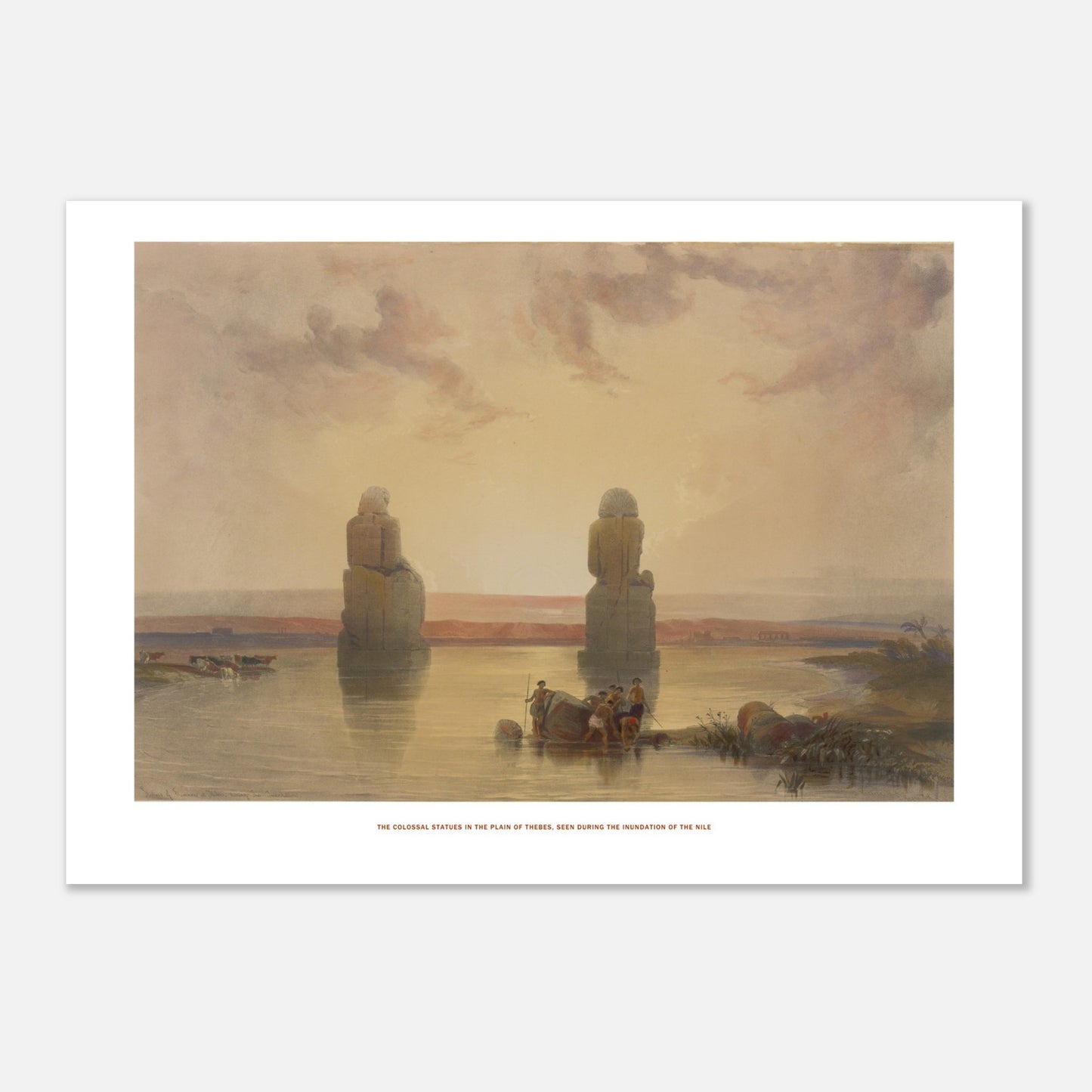
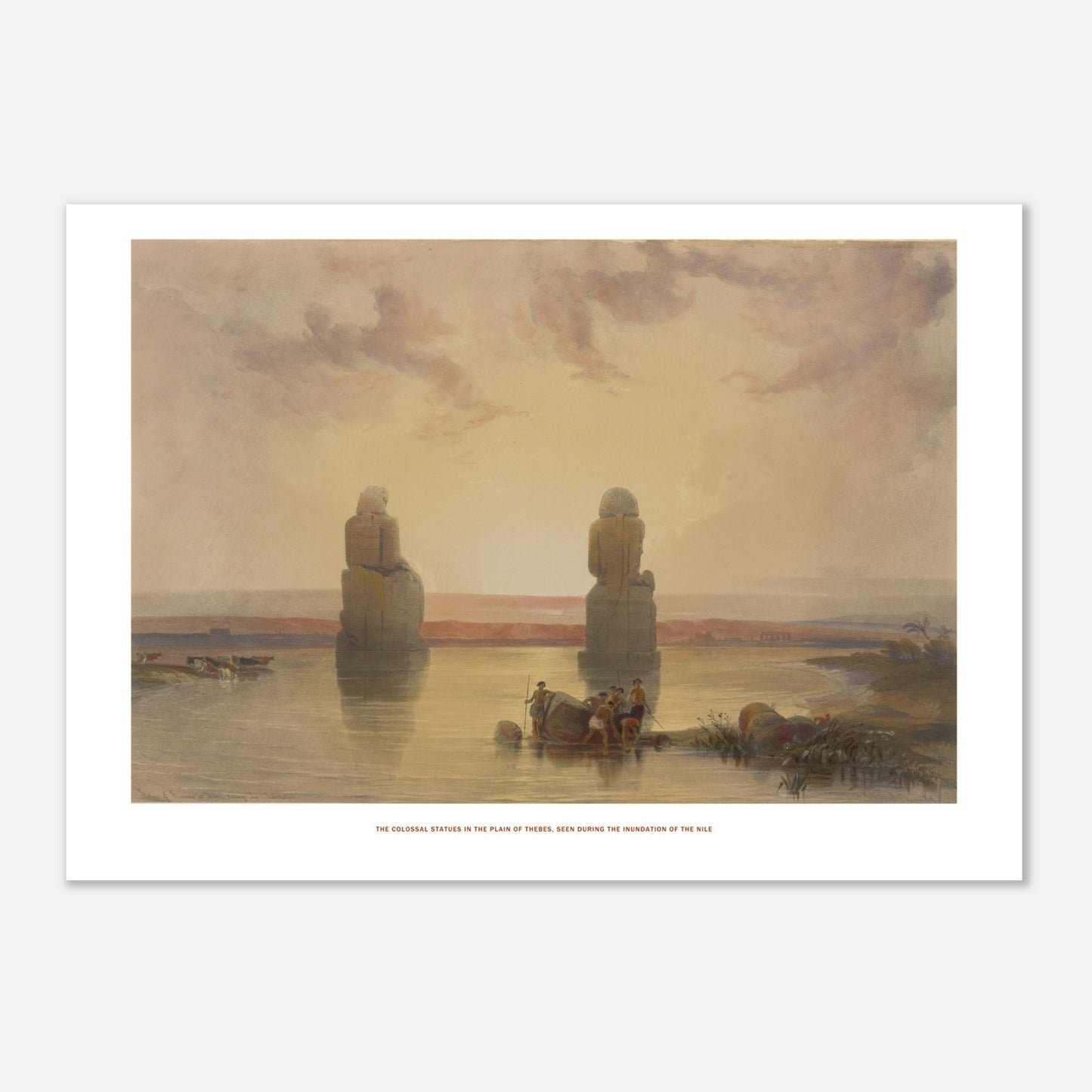
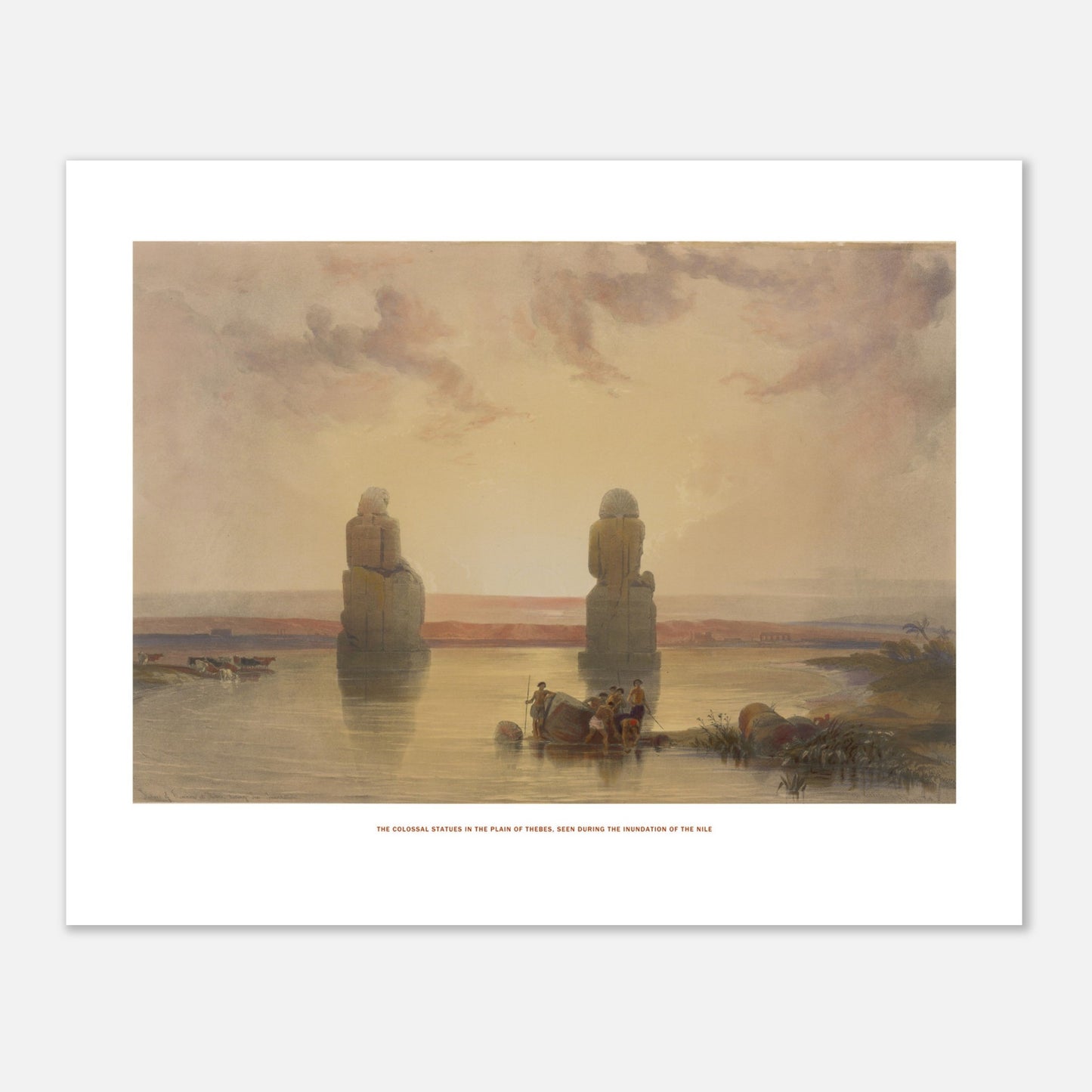
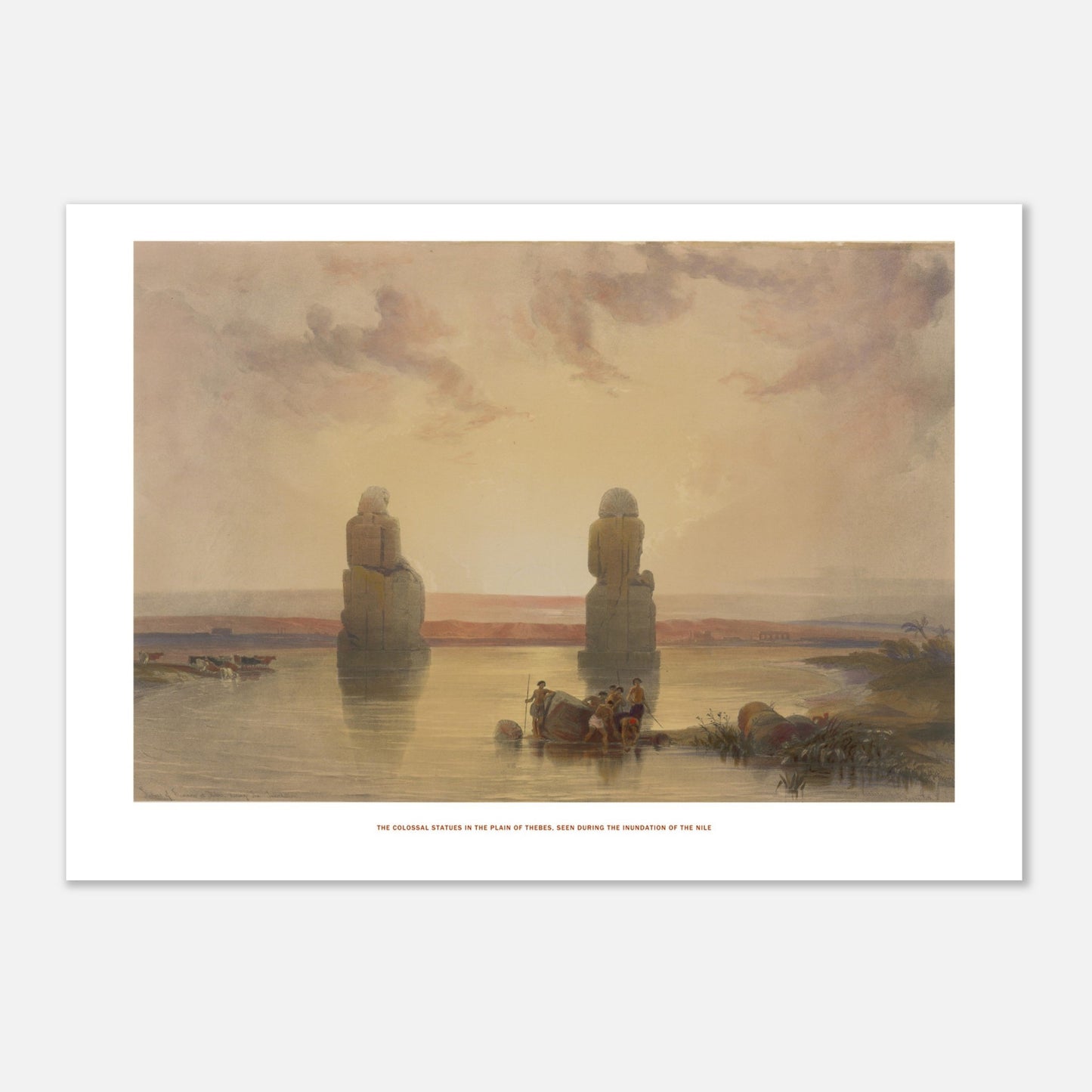
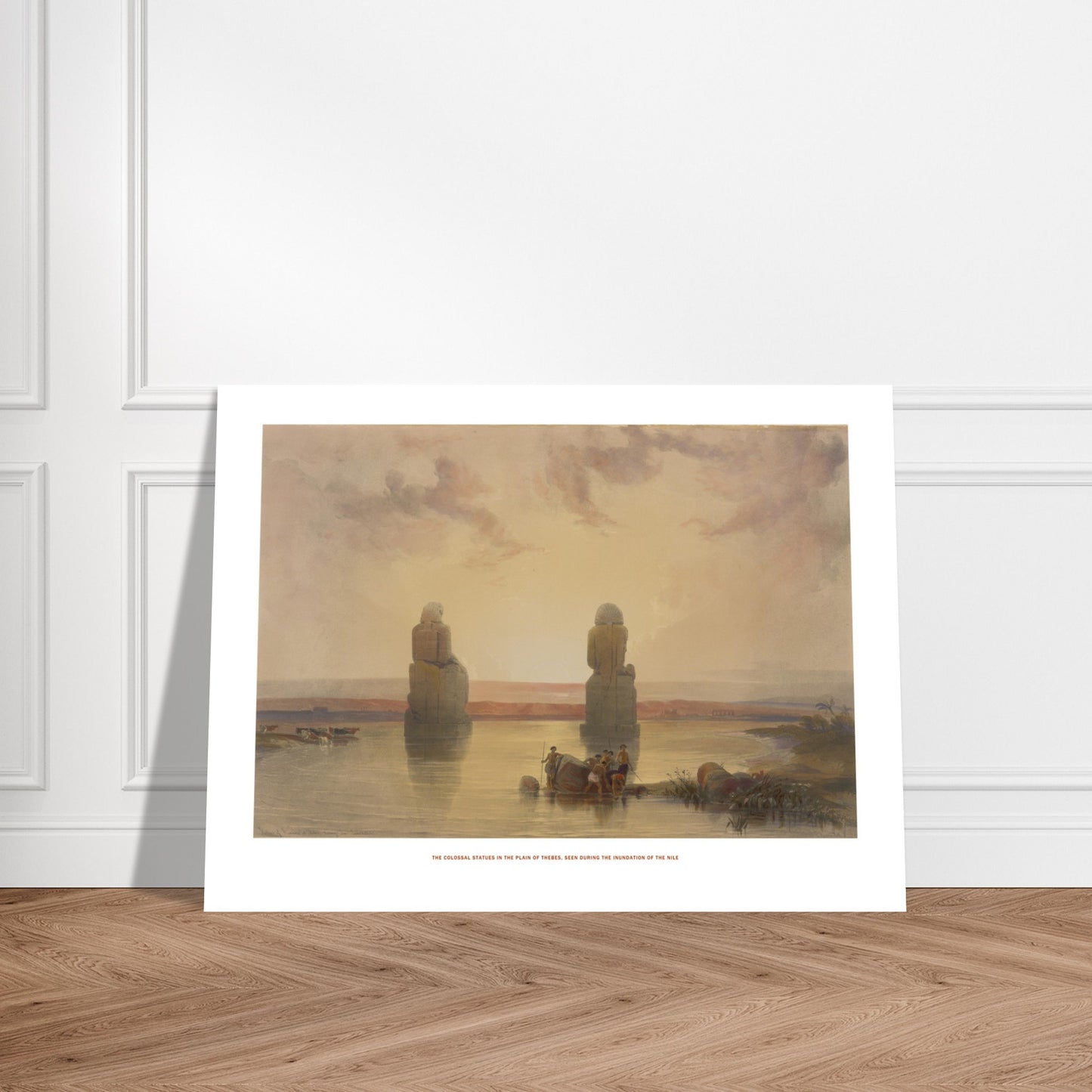
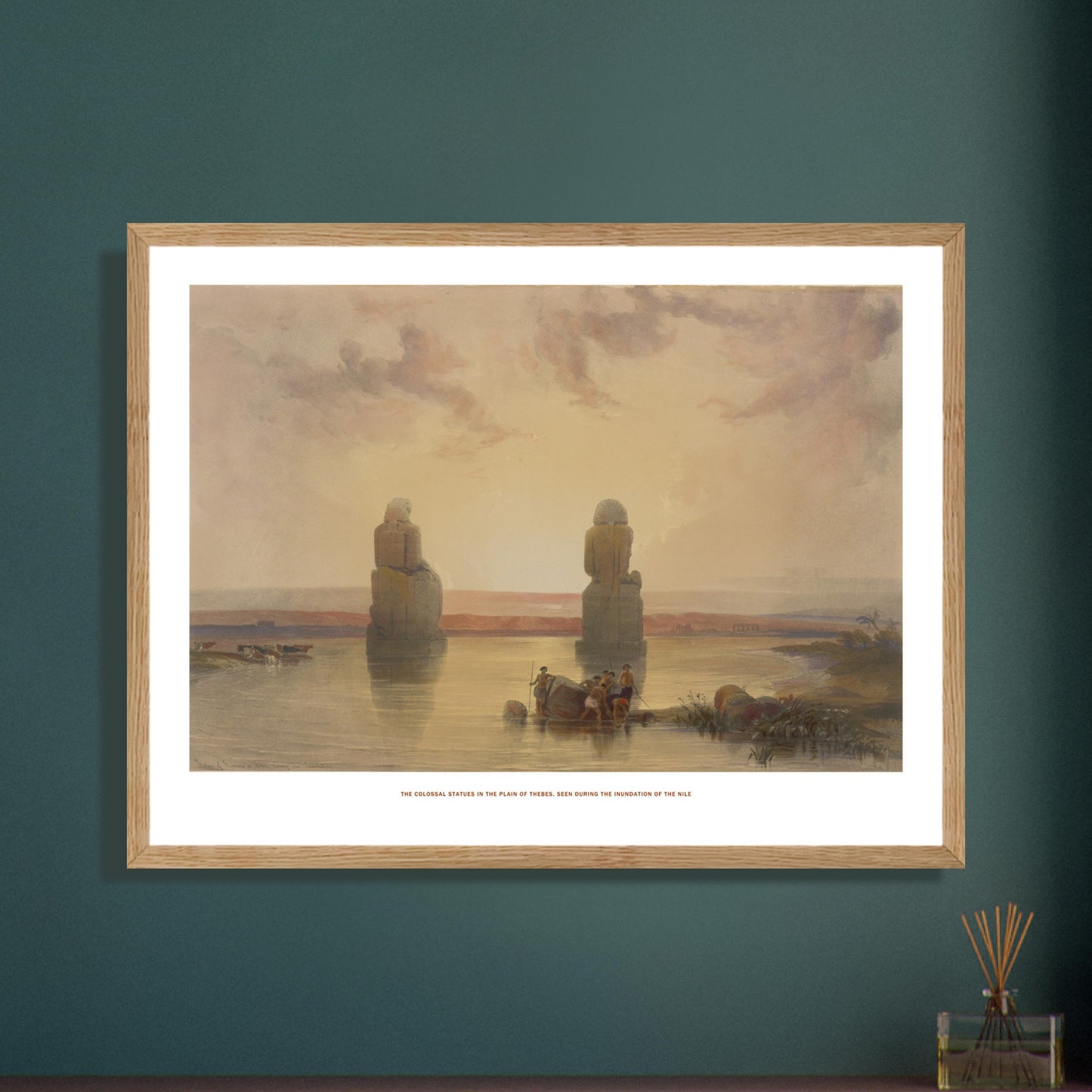
We are listening to you
If you are looking for a specific composition, a particular layout, or any other customization need, our team is at your disposal and will do everything possible to meet your requests.
So don't hesitate to...





